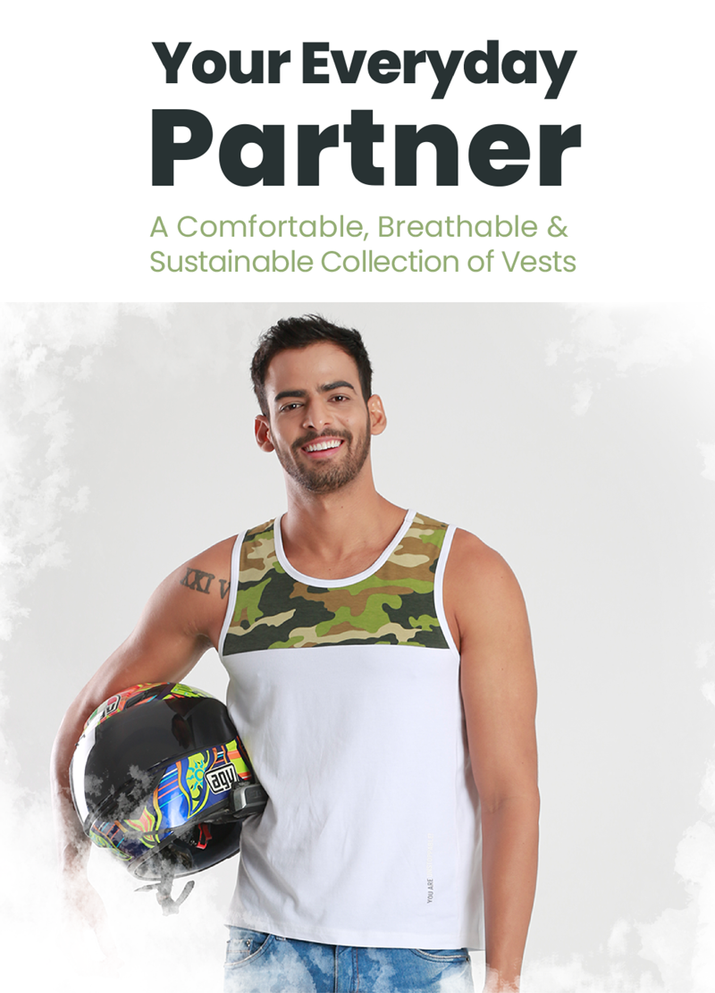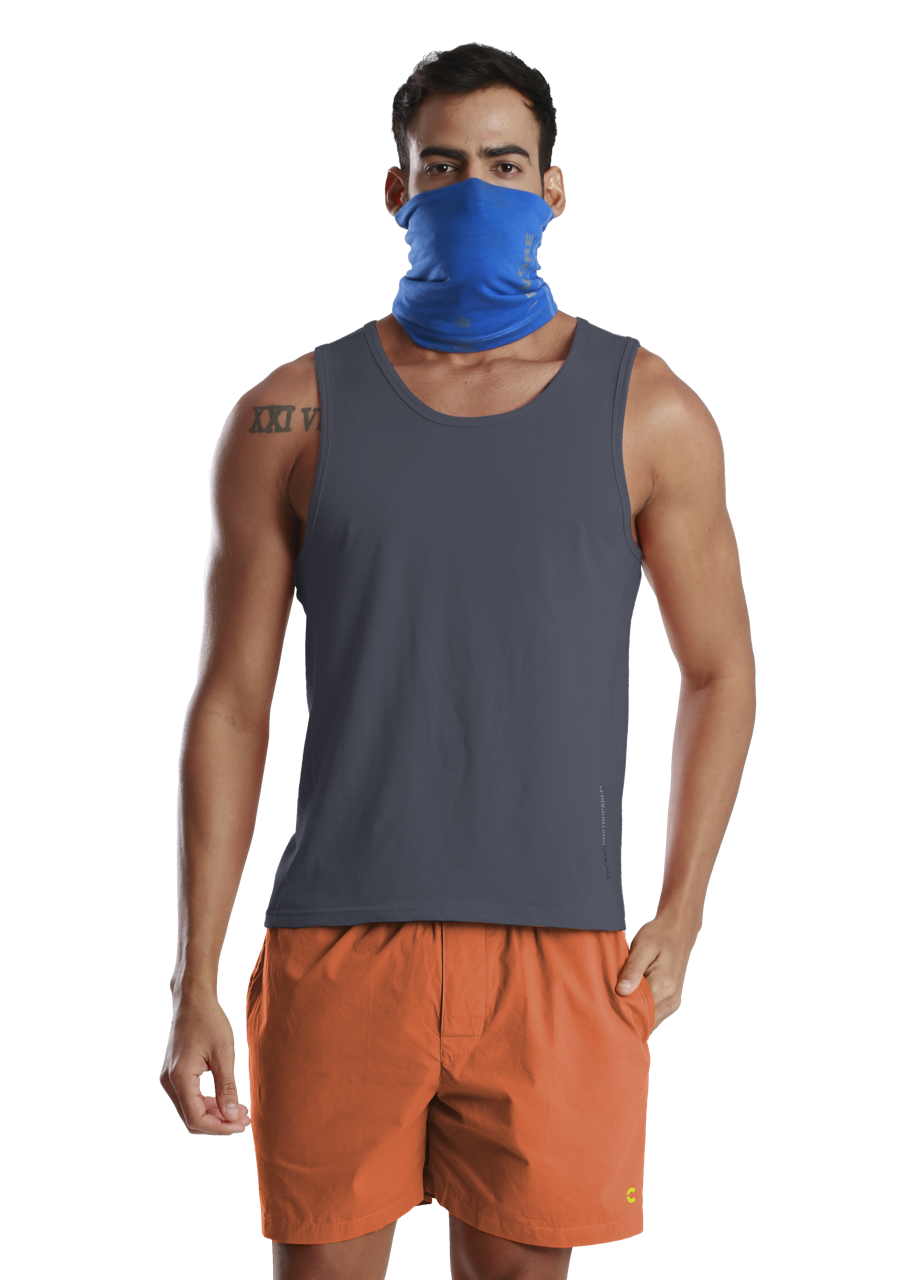Active vests are rapidly evolving beyond simple weight carriers, incorporating advanced materials, integrated hydration systems. Data-driven performance tracking. Are you truly maximizing your active vest's potential? Many users only scratch the surface of its capabilities, missing out on crucial adjustments for optimal weight distribution, neglecting proper hydration techniques, or failing to leverage integrated technology for training analysis. This is where we step in to ensure you're not just wearing a vest. Actively enhancing your fitness journey. We'll explore specific techniques for maximizing comfort and effectiveness, transforming your vest from a simple accessory to a personalized performance-boosting tool.

interpret Your Active Vest's Features
Active vests, also known as weighted vests or fitness vests, are designed to add resistance to your workouts, boosting intensity and calorie burn. Before you start using yours, it's crucial to comprehend its features and how they can benefit you. First, let's define what we mean by "active vest." An active vest is essentially a wearable weight. These vests come in various designs, weights. Materials, each offering distinct advantages. Some vests have fixed weights, while others allow you to adjust the weight by adding or removing individual weight packets. Here's a breakdown of the key components:
- Weight Material: This can range from iron ore to sand, depending on the brand and model. Iron ore tends to be denser, allowing for a slimmer profile, while sand-filled vests are often more budget-friendly.
- Outer Material: Typically made from durable fabrics like nylon or neoprene to withstand the rigors of workouts.
- Closure System: Includes buckles, straps, or zippers to ensure a secure and comfortable fit.
- Adjustability: Refers to the ability to customize the weight and fit of the vest. Some vests have pockets for adding or removing weights, while others feature adjustable straps for a snug fit.
Understanding these features allows you to choose the right vest for your fitness goals and use it effectively. For example, if you're into running, a vest with a slim profile and adjustable straps is essential to prevent chafing and ensure a secure fit. If you're focusing on strength training, a heavier vest with adjustable weight options might be more suitable.
Choose the Right Weight for Your Fitness Level
Selecting the appropriate weight for your active vest is paramount to avoid injury and maximize benefits. Starting too heavy can lead to muscle strain, joint pain. Even alter your form, negating the positive effects of the added resistance. As a general guideline, beginners should start with a vest that weighs approximately 5-10% of their body weight. Intermediate users can progress to 10-15%, while advanced users might opt for 15-20% or more. But, these are just starting points. Pay close attention to your body's feedback. Here's a table comparing weight recommendations based on fitness level:
| Fitness Level | Recommended Weight (Percentage of Body Weight) | Example (150 lbs person) |
|---|---|---|
| Beginner | 5-10% | 7. 5 - 15 lbs |
| Intermediate | 10-15% | 15 - 22. 5 lbs |
| Advanced | 15-20%+ | 22. 5 - 30+ lbs |
Remember, the goal is to progressively overload your muscles without compromising your form. If you find yourself struggling to maintain proper technique or experiencing excessive fatigue, reduce the weight. It's better to start light and gradually increase the resistance as you get stronger. Real-world application: I recall working with a client who was eager to jump straight into using a heavy vest. After a few reps, her form started to deteriorate. She complained of lower back pain. We immediately switched to a lighter vest. Her form improved dramatically. This experience highlighted the importance of starting slow and listening to your body.
Incorporate the Vest Gradually into Your Routine
Don't jump straight into using your active vest for every workout. A gradual introduction is key to allowing your body to adapt to the added weight and minimize the risk of injury. Start by incorporating the vest into one or two workouts per week. Focus on exercises where you can maintain proper form, such as walking, hiking, or bodyweight exercises like squats and lunges. As your body adapts, you can gradually increase the frequency and intensity of your workouts. Here's a sample progression plan:
- Week 1-2: Use the vest for 1-2 walks or hikes per week. Keep the duration short (e. G. , 30 minutes) and the intensity moderate.
- Week 3-4: Add the vest to one bodyweight workout per week. Focus on exercises like squats, lunges. Push-ups.
- Week 5-6: Increase the frequency of vest workouts to 2-3 times per week. You can also start incorporating the vest into more challenging exercises like plyometrics or hill sprints.
- Week 7+: Continue to progress by increasing the weight, intensity, or duration of your workouts. Listen to your body and adjust the plan as needed.
Remember, consistency is key. Stick to the plan and gradually increase the challenge to see the best results.
Focus on Proper Form
Maintaining proper form is crucial when using an active vest. The added weight can alter your center of gravity and increase the stress on your joints. If your form deteriorates, you're not only reducing the effectiveness of the exercise but also increasing your risk of injury. Here are some key considerations for maintaining proper form:
- Engage Your Core: A strong core is essential for stability and balance. Focus on activating your core muscles throughout the exercise.
- Maintain a Neutral Spine: Avoid rounding or arching your back. Keep your spine in a neutral position to minimize stress on your lower back.
- Control Your Movements: Avoid using momentum to complete the exercise. Focus on controlled, deliberate movements.
- Listen to Your Body: If you feel any pain or discomfort, stop the exercise immediately.
If you're unsure about your form, consider working with a certified personal trainer or physical therapist. They can assess your technique and provide personalized guidance.
Maximize Calorie Burn with Active Vest
One of the primary benefits of using an active vest is increased calorie expenditure. The added weight forces your body to work harder, leading to a greater calorie burn during and after your workout. To maximize calorie burn, focus on compound exercises that engage multiple muscle groups simultaneously. Examples include squats, lunges, push-ups. Rows. Here's a comparison of calorie burn with and without an active vest:
| Exercise | Calories Burned (without vest) | Calories Burned (with vest) |
|---|---|---|
| Walking (3 mph) | 200 calories | 250 calories |
| Squats | 150 calories | 200 calories |
| Lunges | 120 calories | 160 calories |
Note: Calorie estimates are based on a 150-pound individual performing the exercise for 30 minutes. Actual calorie burn may vary depending on individual factors. In addition to compound exercises, consider incorporating high-intensity interval training (HIIT) into your routine. HIIT involves alternating between short bursts of intense exercise and brief recovery periods. This type of training is highly effective for burning calories and improving cardiovascular fitness.
Combine With Fashion and Fitness Goals
Active vests aren't just for hardcore workouts; they can seamlessly integrate into your daily life and enhance your fashion choices while supporting your fitness goals. Think beyond the gym. Use your active vest during everyday activities like walking the dog, doing yard work, or even running errands. This subtle addition of resistance can help you burn more calories and improve your overall fitness level without drastically altering your routine. Moreover, the increasing popularity of athleisure wear means that active vests can even be incorporated into your style. While wearing a weighted vest to a fancy restaurant might be a bit much, there are plenty of stylish ways to integrate fitness gear into your everyday fashion choices. Layering a lightweight active vest under a jacket or wearing it during a casual hike can be both practical and stylish. Real-world example: I know someone who wears a lighter active vest while working from home, particularly during meetings where they're standing. They claim it helps them stay focused and burn a few extra calories throughout the day, all while maintaining a professional appearance (the vest is hidden under a blazer). This is a great example of how to blend fitness and fashion seamlessly. Remember, the key is to choose a vest that fits well and doesn't restrict your movement.
Conclusion
Taking charge of your active vest game is now within reach. Remember, the key takeaways here revolve around maximizing comfort, utility. Longevity. So, before you head out for that next run or hike, think about how you can layer strategically. Consider your vest's pocket placement for optimal access. Most importantly, always prioritize proper cleaning and storage. From personal experience, I’ve found that using garment bags specifically designed for activewear really extends the life of my vests. Looking ahead, the activewear industry is moving towards even more sustainable and tech-integrated fabrics. Imagine vests that actively regulate your body temperature or provide real-time performance data! To stay ahead of the curve, explore brands committed to eco-friendly practices and always keep an eye out for innovative features. Your next step? Experiment with these tips and tailor them to your specific needs and activity levels. The path to unlocking the full potential of your active vest starts now!
More Articles
10 Tips for Getting the Most from Your Joggers
Indian Cotton Bandana for Men Online – Stylish Accessory & Sun Protection
Crossbody Sling Bag – Secure Storage & Easy Access
7 Ways to Elevate Your Look with a T-shirt Dress
FAQs
Okay, so I've got an active vest. What's the one thing I should always remember to get the most out of it?
Fit is king (or queen!). Seriously, a poorly fitted vest will chafe, bounce. Just be generally annoying. Spend the time to adjust all the straps properly before you hit the trail. You'll thank yourself later!
How do I prevent that dreaded vest bounce when I'm running? It's so distracting!
That's a common problem! Tighten everything down evenly. Start with the chest straps and then the side straps. Make sure the weight is distributed evenly too – don't overload one side. And hey, sometimes a good sports bra (for the ladies) makes a world of difference.
What kind of stuff should I actually put in my active vest? I'm new to this.
Think essentials: water (obviously!) , snacks (fuel!) , a phone for emergencies, maybe a small first-aid kit or blister treatment. Consider the length of your activity. A long hike will need more supplies than a short jog.
Is there a right and wrong way to load up my vest? I tend to just shove things in wherever they fit.
Definitely a right way! Heavier items should be closer to your body and higher up. This keeps the weight centered and reduces bounce. And think about accessibility – put things you'll need often (like snacks) in easy-to-reach pockets.
How often should I actually clean my vest? It gets pretty sweaty, let's be honest.
Good question! Ideally, give it a rinse with fresh water after every use, especially if you've been sweating a lot. For a deeper clean, hand wash it with mild soap every few weeks, or when it starts to smell funky. Air dry only – no dryer!
What about those little loops and attachments? What are they even for?
Those are your friends! They're for attaching things like trekking poles, extra water bottles, or even a light jacket if the weather turns. Experiment and see what works best for you. Don't overload them.
My vest feels great at the start of a run. Looser as I drink my water. What gives?
Yep, that's normal! As you empty your water bladder or bottles, the volume (and weight) decreases. Simply re-tighten the straps periodically throughout your activity to maintain a snug, comfortable fit. Small adjustments make a big difference!






